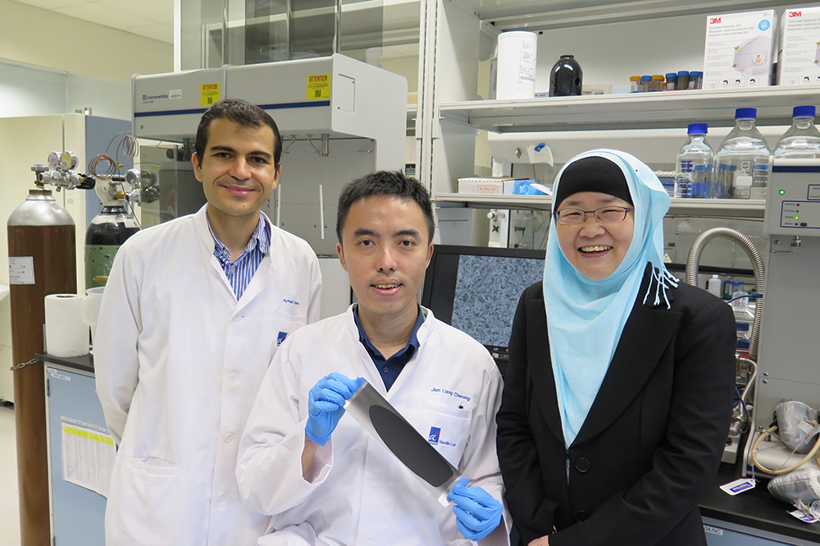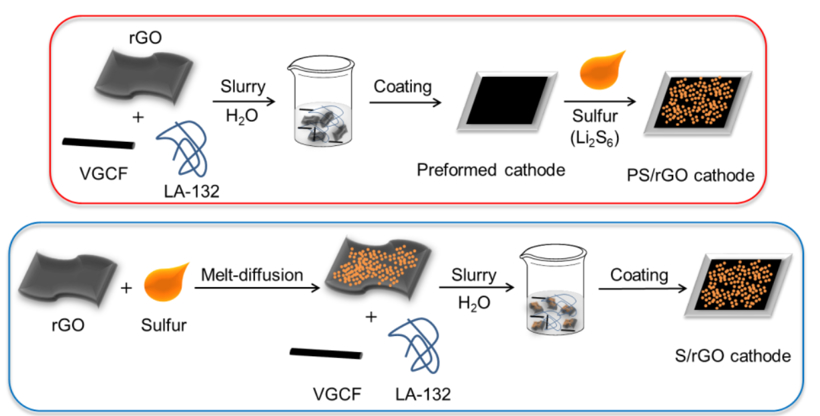
Privacy statement: Your privacy is very important to Us. Our company promises not to disclose your personal information to any external company with out your explicit permission.
Scientists at the Nano Biology Laboratory (NBL) of the Singapore Science and Technology Research Institute (A * STAR) have developed a novel method to prepare the next generation

Although it is generally believed that lithium-ion batteries are an advanced technology that can effectively provide power for modern communication devices, due to their inherent unstable electrochemical properties, there are shortcomings such as limited storage capacity and insufficient security. However, the NBL research team has developed a new simplified technology that can develop lithium-sulfur battery cathodes from inexpensive commercial materials, thus changing the status quo. In theory, sulfur has a high energy density, low cost, and abundant reserves, which will help to popularize lithium-sulfur battery systems and replace lithium-ion batteries.
In theory, lithium-sulfur batteries can store 10 times more energy than lithium-ion batteries, but so far, such batteries cannot be repeatedly charged and discharged. The cathode of the lithium-sulfur battery developed by NBL shows a good specific capacity, up to 1220 mAh / g, which means that every 1g of cathode material can store 1220 mAh of charge. In contrast, the specific capacity of a typical lithium ion battery cathode is 140 mAh / g. In addition, the cathode of NBL's lithium-sulfur battery maintains a high capacity after more than 200 charge cycles, and the performance loss is minimized. The key to achieving this performance is that NBL uses a unique two-step cathode preparation method.

Before adding sulfur, the researchers constructed a carbon scaffold to obtain a 3D interconnected porous nanomaterial. Different from the traditional method of preparing the cathode, this method can prevent the carbon support from collapsing when the battery is charged. In the early stage of battery charging and discharging, the cathode carbon scaffold prepared by the traditional method will collapse, resulting in changes in the entire battery structure. Eventually, the density of conventional cathodes becomes higher, the surface area is smaller, and the pores are also smaller, which leads to lower battery performance than NBL batteries. In fact, the specific capacity of the NBL cathode is 48% higher than that of the sulfur cathode prepared by the traditional method, and the capacity fade rate is reduced by 26%. If more sulfur is added to the cathode, the practical surface area capacity of the NBL cathode is as high as 4 mAh / cm2.
NBL researchers are not only designing and optimizing the cathode, but also using nanomaterial technology to design and optimize the anode, battery separator and electrolyte. The goal of the researchers is to develop a complete lithium-sulfur battery system. Compared with traditional lithium-ion batteries, the system will have a stronger energy storage capacity, and will have a longer life than existing batteries. Electric vehicles and grid energy storage bring great benefits.
March 29, 2023
January 11, 2023
January 31, 2023
December 06, 2022
この仕入先にメール
March 29, 2023
January 11, 2023
January 31, 2023
December 06, 2022

Mr. Jerry Wang
電話番号:
+86-514-82106897
Fax:
E-mail:
モバイルサイト


Privacy statement: Your privacy is very important to Us. Our company promises not to disclose your personal information to any external company with out your explicit permission.

Fill in more information so that we can get in touch with you faster
Privacy statement: Your privacy is very important to Us. Our company promises not to disclose your personal information to any external company with out your explicit permission.